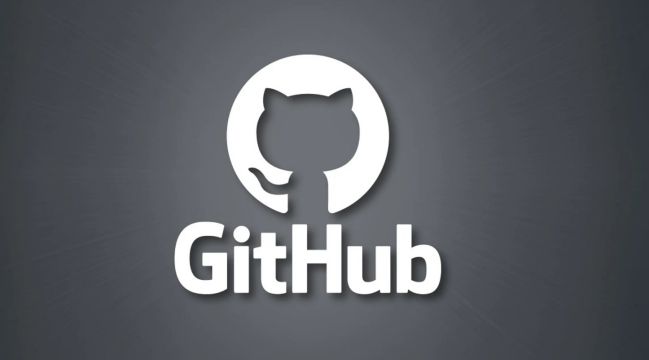Git and GitHub are essential tools that modern developers cannot afford to miss in the software development process. Git is a version control system that helps track changes in source code, while GitHub is an online platform for storing and sharing code. In this article, we will explore in detail how to work with Git and GitHub.
1. Introduction to Git

Git is a distributed version control system that allows multiple developers to work on the same project without causing conflicts. Some of the notable benefits of Git include:
- Change tracking: Git enables you to track all changes in the source code and revert to previous versions when needed.
- Offline work: You can perform many tasks such as committing, branching, or merging without an internet connection.
- Branching support: Git allows you to create separate branches for experimentation without affecting the main codebase.
2. Installing Git
To get started, you need to install Git on your computer:
- Windows: Download and install Git from the official Git website.
macOS: Use Homebrew to install with the command:
brew install gitLinux: Install Git via your operating system’s package manager; for example, on Ubuntu:
sudo apt-get install git3. Configuring Git
After installation, you need to configure your personal information so Git can log the author of changes:
git config --global user.name "Your Name"
git config --global user.email "email@example.com"4. Initializing and Managing Repositories
Creating a new repository:
To create a new repository, you can use the command:
git init project_nameCloning a repository from GitHub:
If you want to work on an existing project, you can clone a repository to your machine:
git clone https://github.com/username/repository_name.git5. Basic Git Commands
Here are some basic Git commands you need to know:
Check status: View the changes in your project.
git statusAdd changes: Add files to the staging area in preparation for a commit.
git add file_nameCommit changes: Record the changes with a descriptive message.
git commit -m "Description of the change"View commit history:
git logCreate a new branch:
git branch branch_nameSwitch to another branch:
git checkout branch_nameMerge branches: Merge changes from another branch into the current branch.
git merge branch_name6. Working with GitHub
After becoming familiar with Git, you can start working with GitHub to store and share your code.
Creating a GitHub account: Visit GitHub and create a free account.
Creating a repository on GitHub:
- Log in to your GitHub account.
- Click the “New” button to create a new repository.
- Fill in the repository name and choose between public or private settings.
Pushing code to GitHub: Once you have committed your changes locally, you can push them to GitHub:
git push origin branch_namePulling new code from GitHub: To update your local code from the GitHub repository, use the command:
git pull origin branch_name7. Working with Pull Requests (PR)

Pull Requests are a way to propose changes in someone else’s code. This is a common workflow on GitHub.
How to create a Pull Request:
- Ensure you have committed your changes and pushed them to your branch.
- Go to the repository on GitHub and you will see the option “Compare & pull request.”
- Write a description for the Pull Request and submit it.
Reviewing Pull Requests: When you receive a Pull Request, review the changes and provide feedback if necessary. You can accept or reject the Pull Request based on quality and its relevance to the project.
8. Tips for Using Git and GitHub
- Use small commits: Commit frequently with small changes to easily track history.
- Write clear commit messages: Commit messages should be concise and clearly describe the change.
- Practice branching: Use branches to experiment with new features without affecting the main codebase.
- Resolve conflicts: When conflicts arise in the code, read and understand the changes to resolve them appropriately.
Conclusion
Git and GitHub are powerful tools that help developers effectively manage and share their code. By familiarizing yourself with basic commands and the workflow on GitHub, you will enhance your teamwork capabilities and facilitate project development more smoothly. Start today to take advantage of the benefits that Git and GitHub bring to your software development process!




